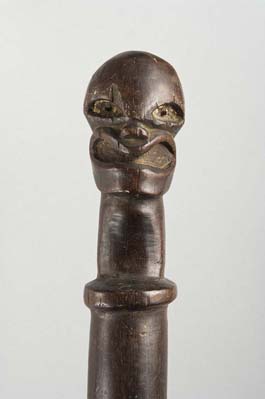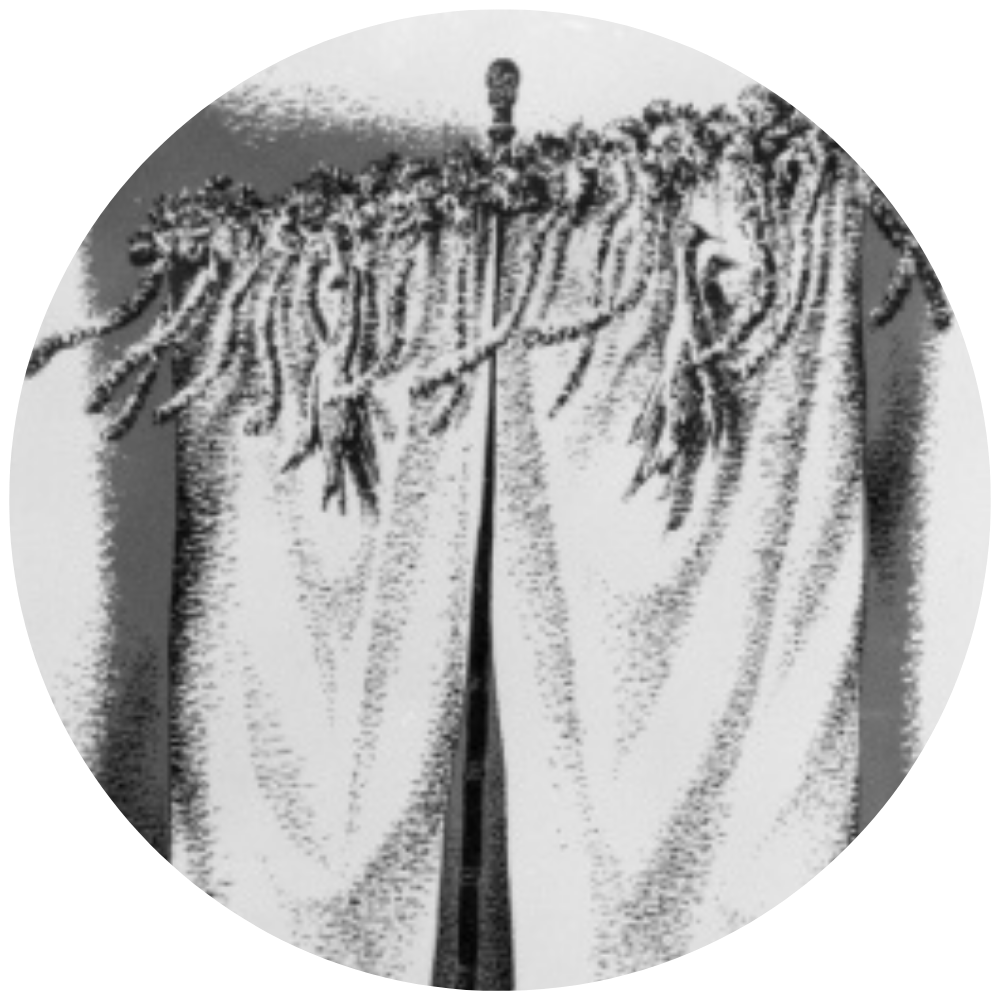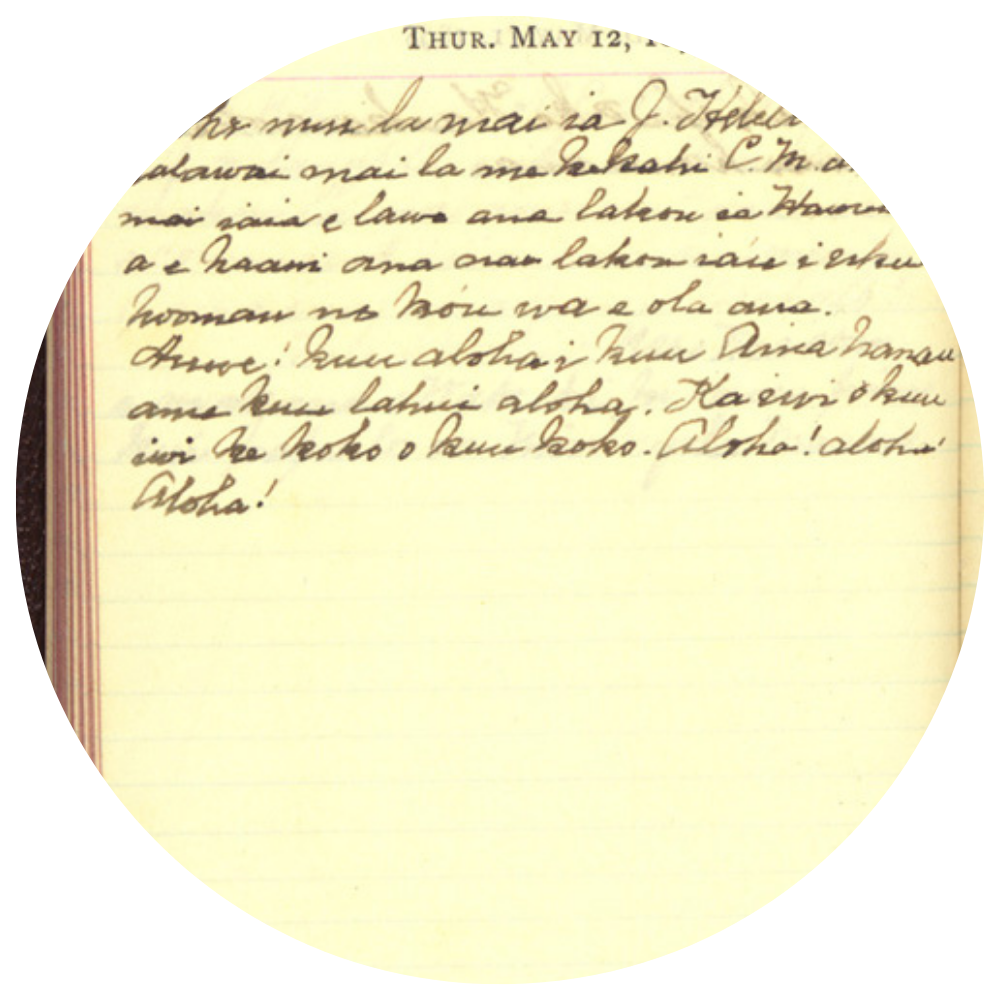Lonomakua

He ao loa, he ao poko,
He ao kiei, he ao halo
He ao hoopua i ka lani
A long cloud, a short cloud
A watchful cloud,
An overlooking cloud- in the heavens*
Native Hawaiians were constant observers of the skies and acquired incredible knowledge pertaining to cloud formations, weather patterns and the many groups of stars that signified, among other things, the arrival of new seasons.
One of the most significant signs that occurred in the skies over Hawai‘i was the rising of Nā huihui o Makali‘i (cluster of little eyes) or the Pleiades constellation over the horizon at sunset. This event occurs during the time of Īkuwā, approximately late October, early November in Hawai‘i. This astronomical event signaled the arrival of the god Lono and the Makahiki season, a major change in way of life. On the island of Hawai‘i, Lono would returned to his ancient home at Hiki’au Heiau at Kealakekua, Kona. At this point Kū would be put away at the heiau and Lono would rule. This was a time of le‘ale‘a (pleasure) and regeneration.
This regeneration would bring new life to the ‘āina and its inhabitants. Lono had many kinolau (body forms) including the dark kona (southern) clouds during this season that brought the nourishing rains that would continue to make the land fertile. An abundance of other procreative energies meant new growth among all the many animate creations of the universe, including man. During the makahiki, the mō‘ī would act as representative for Lono and make a circuit of the island to collect the ho‘okupu (offerings) that would please the gods and bring much benefit to the people. These ho‘okupu would be brought to the ahupua‘a (pig altar) that sat at the base of the different land divisions of each island.
This time of regeneration also worked as a system of conserving resources. During the Makahiki certain kapu would be enacted forbidding the gathering of specific limu (seaweeds), i‘a (fish), ‘ai (foods) or other important materials. By doing this, these things were allowed to replenish and maintain a healthy population.
The timing of the differing ceremonies of the makahiki were strictly tied to the moon phases of that season. The moon of ‘olepau was the time to create the wooden Lonomakua image that would be carried aloft around the islands. Some traditions name Lonomakua as a relative of Pele and the protector of her fires. These ceremonial circuits fulfilled many roles in traditional society and the continuation of some of those traditions was important to later rulers. Even seven decades after the overthrow of the ‘aikapu and other elements of Native religion, Queen Lili‘uokalani, significantly, started her reign with a circuit of the islands.
*Malo, David. Hawaiian Antiquities. p146. 1997. Honolulu. Bishop Museum Press.
Location: Bishop Museum



